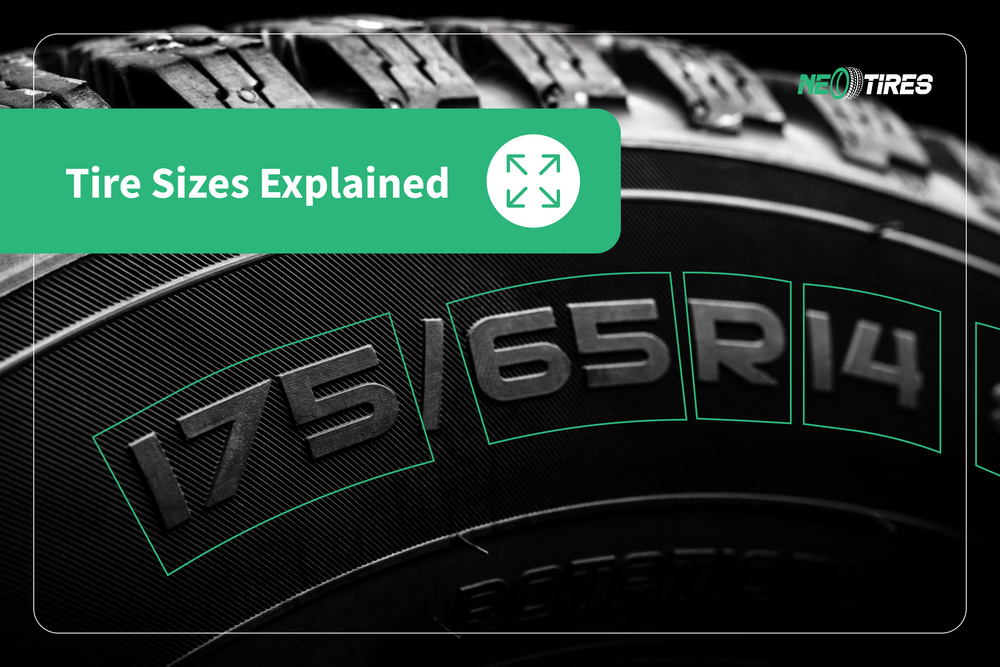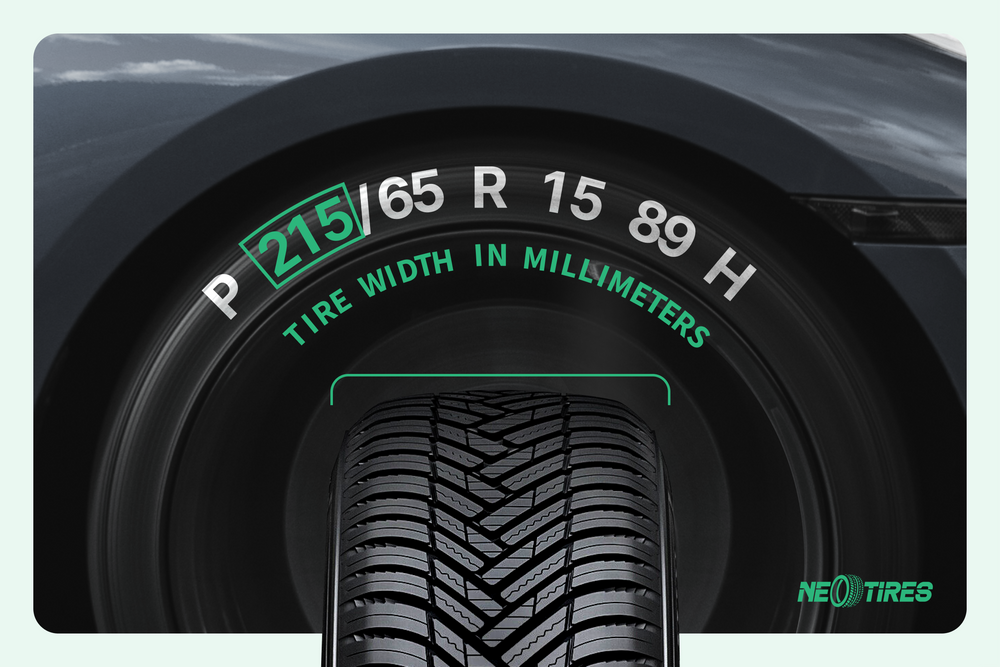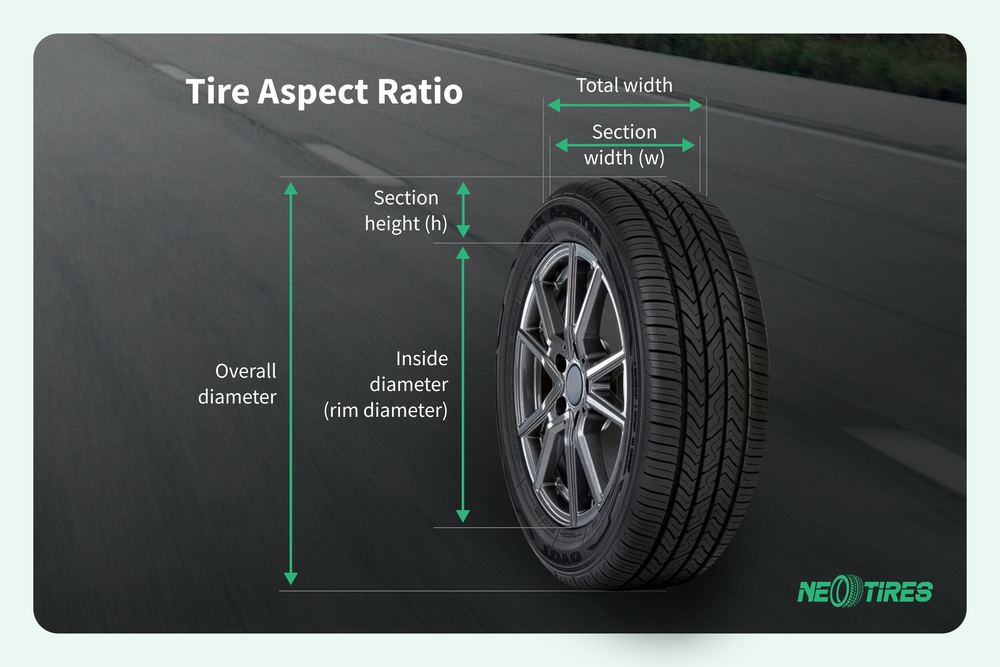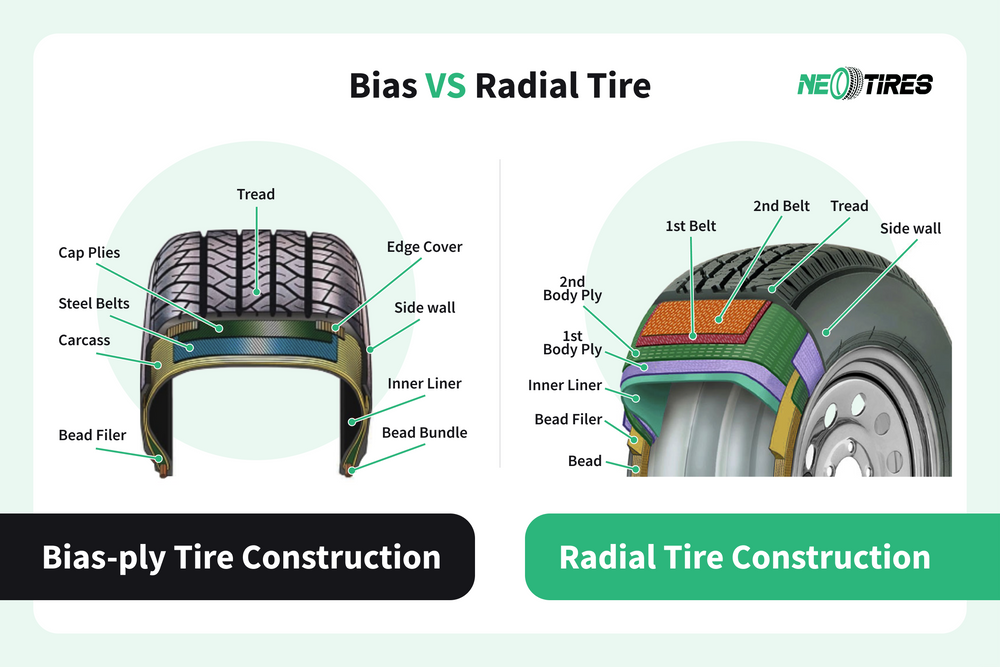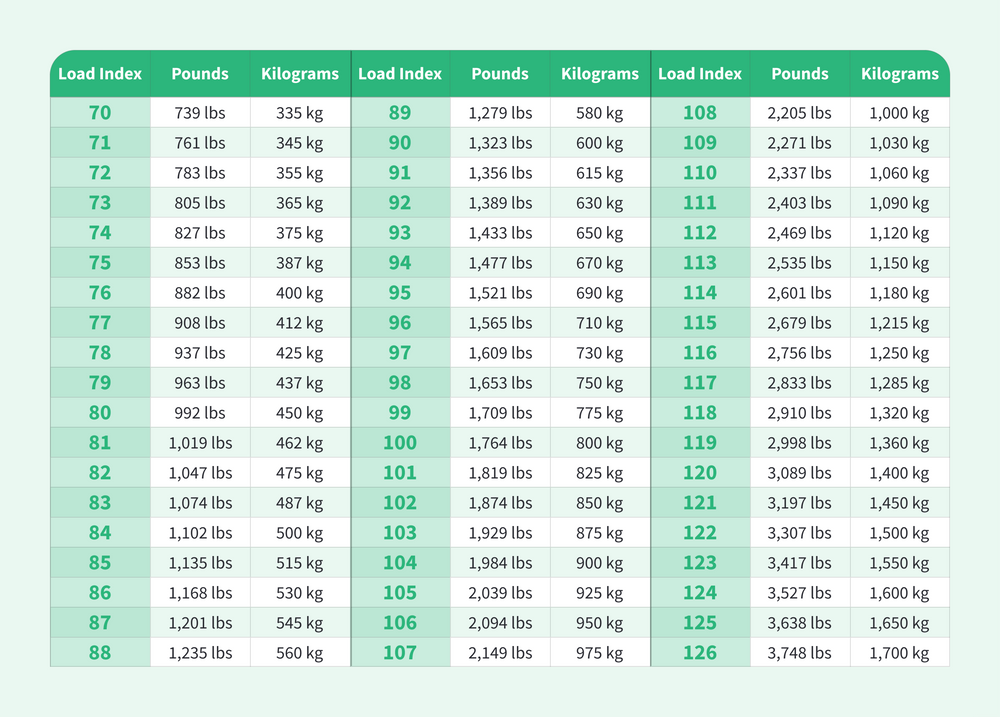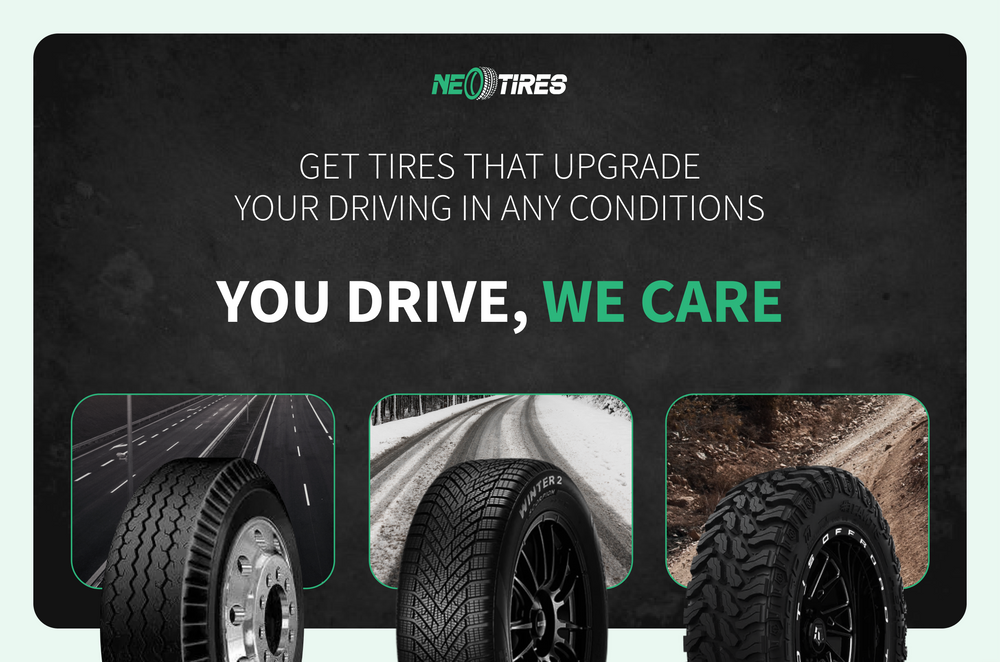Choosing the correct tire size is crucial for your performance and safety on the road. If you choose a tire that is incompatible with your vehicle, you will immediately notice changes in traction, stability, and comfort.
Today, we will discuss everything "tire size" means. The article should help you better understand the size recommended by the manufacturers. Your tire sidewall has a lot to tell you. Before we delve deeper, look at the following video and familiarize yourself with what those sidewall numbers mean.
Tire Sidewall Markings
Tire markings on its sidewall are a tire mandatory official "code" required by law. Each marking deciphers the tire type, width, aspect ratio, construction type, diameter, load, and speed rating. Here is what each of the markings means:
Tire Type
The first letter in the sidewall sequence expressed by letters like "ST, LT, P" refers to the tire type. These mean the following:
ST- stands for Special Trailers. These are usually large and are compatible with travel or utility trailers. ST tires have a rigid construction to cope with additional loads;
LT refers to Light Truck tires. Depending on the truck's weight, their sizes vary from medium to large. LT tires can handle heavy loads, which are optimal for heavy-duty tasks.
P- refers to the Passenger tires. These are very different in size and construction, fitting coupes and sedans to crossovers, SUVs, minivans, and even small pickup trucks.
Tire Width
The second marking on the tire sidewall refers to its width. This section calculates the tire's width from one side to the other. The number is measured in millimeters and usually includes a 3-digit number.
Tire Aspect Ratio
The tire Aspect Ratio is a two-digit number following the tire width. These two numbers refer to the percentage of the tire rim height divided by the width. In our case, the tire aspect ratio is 65 (%). This means that the tire's height forms 65% of its width.
Many drivers look for tires with higher "profiles." For this purpose, they need tires with a higher aspect ratio. The bigger this marking is, the taller the tire sidewall.
Tire Construction
The "R" on the tire sidewall refers to its construction type. "R" stands for Radial tire, which is typical for most modern tires, replacing the previous Bias Ply construction. Radial construction is much more viable in terms of fuel efficiency and road adherence.
In addition, this type provides higher comfort levels and resists road impacts much better. Also, radials have a longer life cycle. All these advantages made radial tires replace the bias-ply ones, becoming the new standard of modern tires. Bias-ply options remained valid for a particular category of tires for specialized vehicles. See below the complex construction of a radial tire compared to a bias alternative.
Tire Diameter
The Wheel Diameter is marked in inches and usually consists of a two-digit number. Some use the term "rim diameter," which means the same thing. This marking measures the distance across the wheel face from one to another bead seat, where the wheel and tire meet. In our example, the wheel diameter measures 15 inches.
Tire Speed And Load Ratings
Speed and load ratings on a tire show the safe speed and weight the tire can handle without compromising its performance and integrity. For example, the "89" weight index equals a weight resistance of up to 1,279 pounds.
The speed rating is shown in letters from A to ZR. The higher the speed rating, the better the tire performs at high speed. For example, a Q-rated tire can safely handle a speed of up to 99 mph. Anything beyond this stresses the tire, generating heat build-up and early treadwear. A Y-rating tire performs safely at 186 mph, providing superior braking, handling, and cornering with minimal impact on treadwear.
Tire load and speed ratings are crucial aspects to consider when buying new tires. The chart below informs you about the load each tire can withstand. Take it into account to avoid exceeding the limits for safety purposes.
How To Choose The Right Tire?
Specialists recommend choosing replacement tires of the same size as your OE tires. Car makers fit vehicles with the right size and load rating so that they are maximally compatible with each other. As such, you must carefully read the markings of your OE tires and choose the same size. Besides load and size indexes, consider the conditions in which you will use the new tires. Choose wisely between all-season, summer, all-weather, or winter options.
If you are looking to upsize or downsize your current tires, it's a safe practice to consult with a specialist in the field. Changing tire size might impact your suspension if done incorrectly. Alternatively, you could check for online tire size calculators to help you choose a suitable upsized/downsized model. Even with this calculator, though, confirm compatibility with a specialist before purchasing tires of a different size.
Need Assistance In Choosing the Right Tire Size?
NeoTires can help. We provide a vast catalog of high-rated tires in different sizes for any driving needs and conditions. Just call us for personalized assistance, and our trained staff will find a suitable solution for your vehicle. Get discounts with just one click and enjoy a safe and confident ride!
Why Trust Us?
NeoTires is a team of enthusiasts who have specialized in providing the best products at advantageous prices for more than five years. We offer a wide variety of products from the most reputable tire manufacturers. We also take care to offer competitive prices and advantageous buying conditions for the comfort of any driver.
Besides selling tires at affordable prices, NeoTires is about educating motorists on improving their driving experience. Our specialists test, compare, review, and write about various tires in our blog so that every driver knows the advantages and disadvantages of each model.
You can count on us whenever it's time to change your tires. Choosing the right product might be difficult because the variety of products is endless. So, here we are to offer you a helping hand through recommendations, professional assistance, and qualified support. Drive safe and choose your tires wisely!




